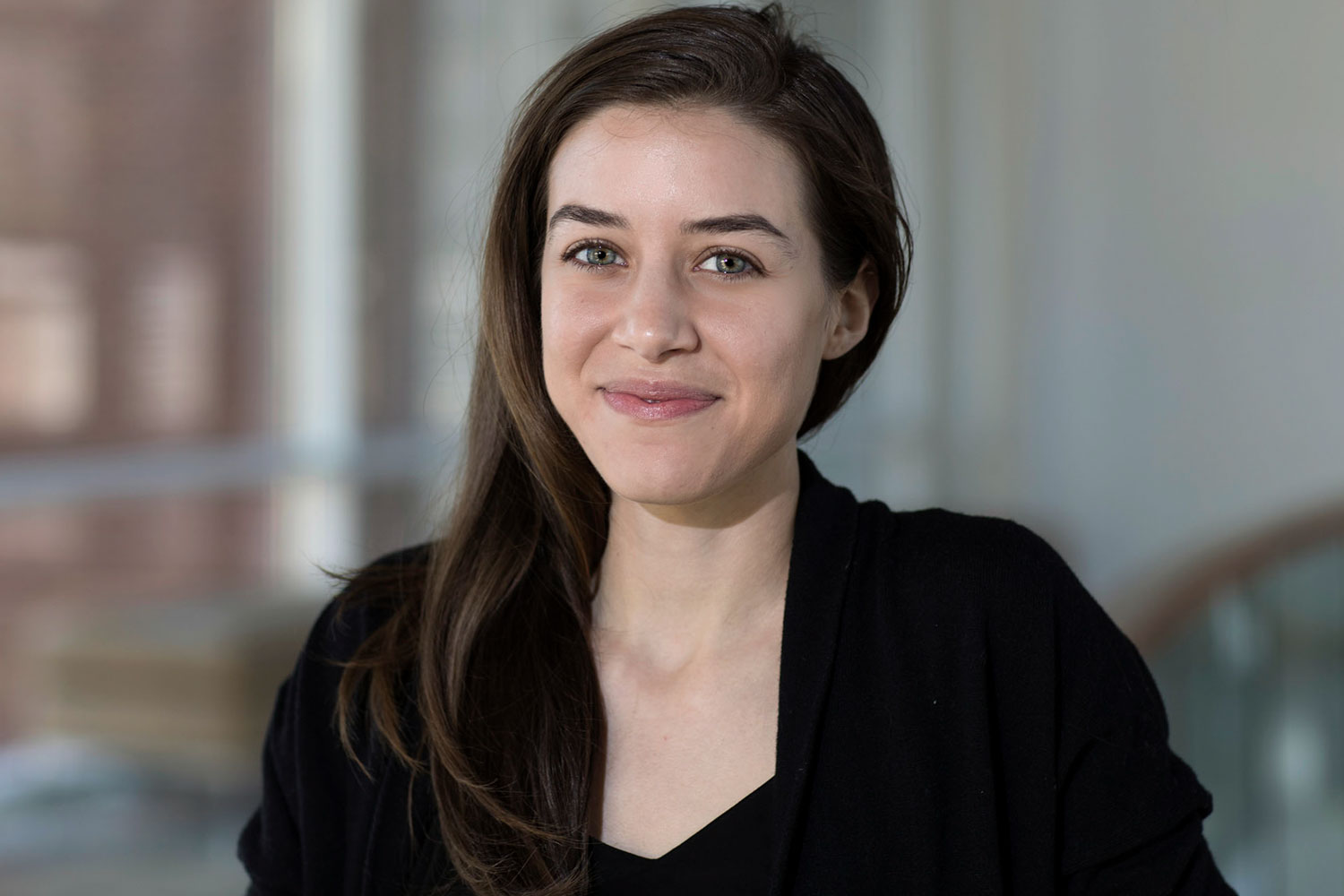Devin Zuckerman, a religious studies Ph.D. student at the University of Virginia, will investigate theories of vitality and animation in the writings of three seminal 14th-century Tibetan Buddhist authors in Nepal, thanks to a Fulbright-Hays Doctoral Dissertation Research Abroad fellowship.
Zuckerman, of Loudoun County, has a Bachelor of Arts in religion from Naropa University in Boulder, Colorado, and a Master of Divinity degree from Harvard Divinity School. In Nepal, she will take courses in a monastic college and work with monastic and lay scholars to translate and analyze materials that are relevant to her dissertation.
Zuckerman will leave for Nepal in May and return in February 2020.
She is a member of the Religious Studies Graduate Student Association, and began a colloquium for religious studies graduate students and faculty working on Buddhism and South and East Asian religions. She received a Buckner W. Clay Endowment Award for research with the Religion, Race and Democracy Lab.
“The work that Devin is doing on Tibetan Buddhism, her familiarity with Katmandu and connections at the Center for Buddhist Studies and her fluency in Tibetan make her a perfect fit for the Fulbright-Hays Doctoral Dissertation Research Abroad program,” said Lisa Grimes, assistant director of UVA’s Office of Citizen Scholar Development. “Devin’s commitment to her scholarship and to integrating into her community ensure that she will make the most of her time in Nepal while being an excellent ambassador. I hope that her success will encourage more graduate students at the University to apply for the DDRA and the broader Fulbright U.S. Student Program.”
The U.S. Department of Education awards the Fulbright-Hays Doctoral Dissertation Research Abroad fellowships in foreign languages and area studies for periods of six to 12 months. These grants help strengthen the capacity and performance of American education in world languages, world area and international studies, and research.
UVA Today asked Zuckerman a few questions about her studies.
Q. How do you see the themes of vitality and animation as important in 14th-century Tibetan Buddhism?
A. The 14th century is a really exciting period of Buddhist thought in Tibet. It is the beginning of what has been called the classical period, and it’s a time when Buddhist scholars are beginning to systematize and consolidate massive amounts of information gathered over several centuries of translation and transmission of Indian Buddhist literature.
The texts that I work with were written by foundationally important scholars of the period. Their work draws on and recasts ideas from earlier Indian Buddhist materials to produce innovative presentations of cosmology, human embodiment and meditative practice.
For a long time, I’ve been really interested in how Buddhist scholars over the centuries have responded to the question of “What makes beings live?” In other words, what is it that seems to animate living beings, and what sets living things apart from non-living matter? I’m especially interested in the human body as the substrate of these questions – as the confluence of vital, dynamic energy and matter. In the most general sense, my research is exploring how Buddhist scholars in the 14th century think about this relationship.

The authors of the texts that I study write extensively about the body. It’s an important topic because the body is a vital component of meditative practice and therefore is implicated in the whole Buddhist project.
Q. How does this relate to Tibetan Buddhism as it is practiced today?
A. The 14th-century authors that I study, such as Longchenpa and Rangjung Dorje, were extremely influential for their traditions respectively. Their writings, and corresponding practice traditions, remain an important part of the religious landscape of Tibetan Buddhism.
Q. How did you arrive at this research subject?
A. I’ve been a student of Buddhist studies for many years – first as an undergraduate at Naropa University, and then as a master’s student at Harvard Divinity School before coming to UVA for my Ph.D. In my master’s program, I was really interested in life-force practices and theories in Tibetan Buddhist medicine and philosophy. I wrote my master’s thesis on a family of Tibetan religious rituals known as “life-ransom” or “life-summoning.” I was interested in the use of these rituals as healing practices for a person, or persons, whose “life” or animating principle has become dislodged from their body.
As a Ph.D. student, my studies have focused more on texts that deal with contemplative practice and the role that themes of vitality play in the meditation theory of those texts.
Q. What have you learned about yourself from your studies?
A. This is a difficult question to answer. It’s impossible to estimate the degree of influence that my studies have had on the way that I see the world. I’ve been studying Buddhism for my entire adult life, so there’s really no part of my life that hasn’t been informed by my studies. It’s baked in.
Media Contact
Article Information
November 13, 2018
/content/award-hand-grad-student-heads-nepal-study-700-year-old-texts

